How a Tiny Machine Learning Model Is Helping Us Feed Animals Better
Published in Healthcare & Nursing and Computational Sciences
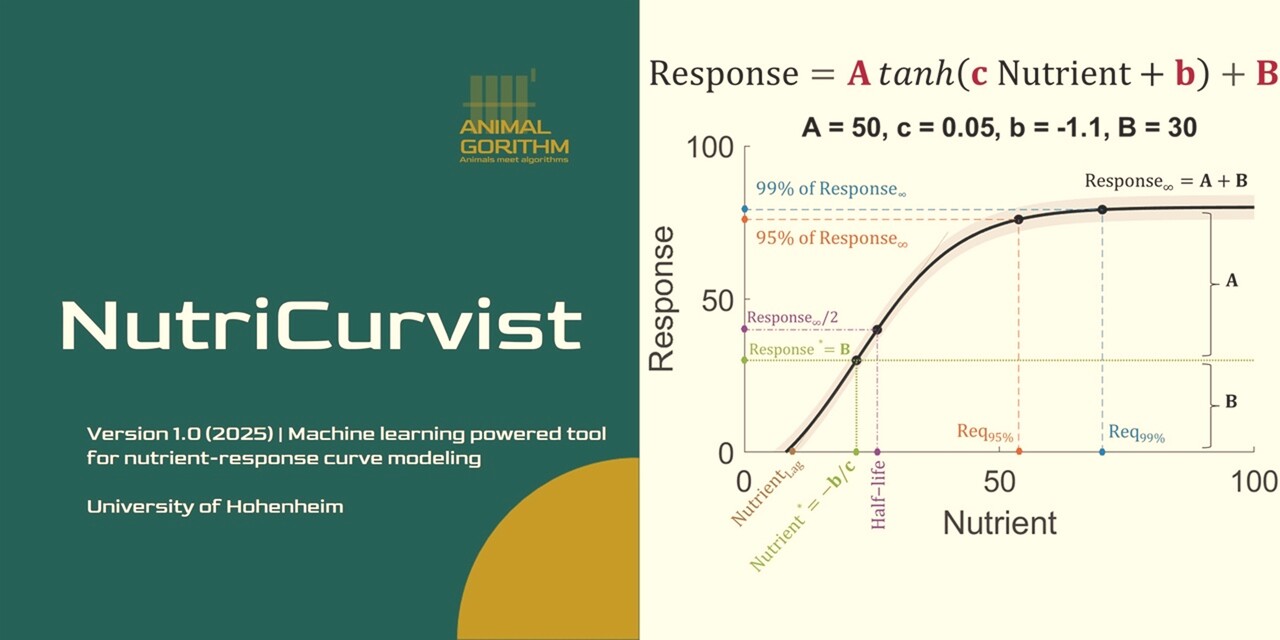
Imagine you’re growing chickens or fish. Too little nutrient, and they don’t grow well. Too much, and you waste money and harm the environment.
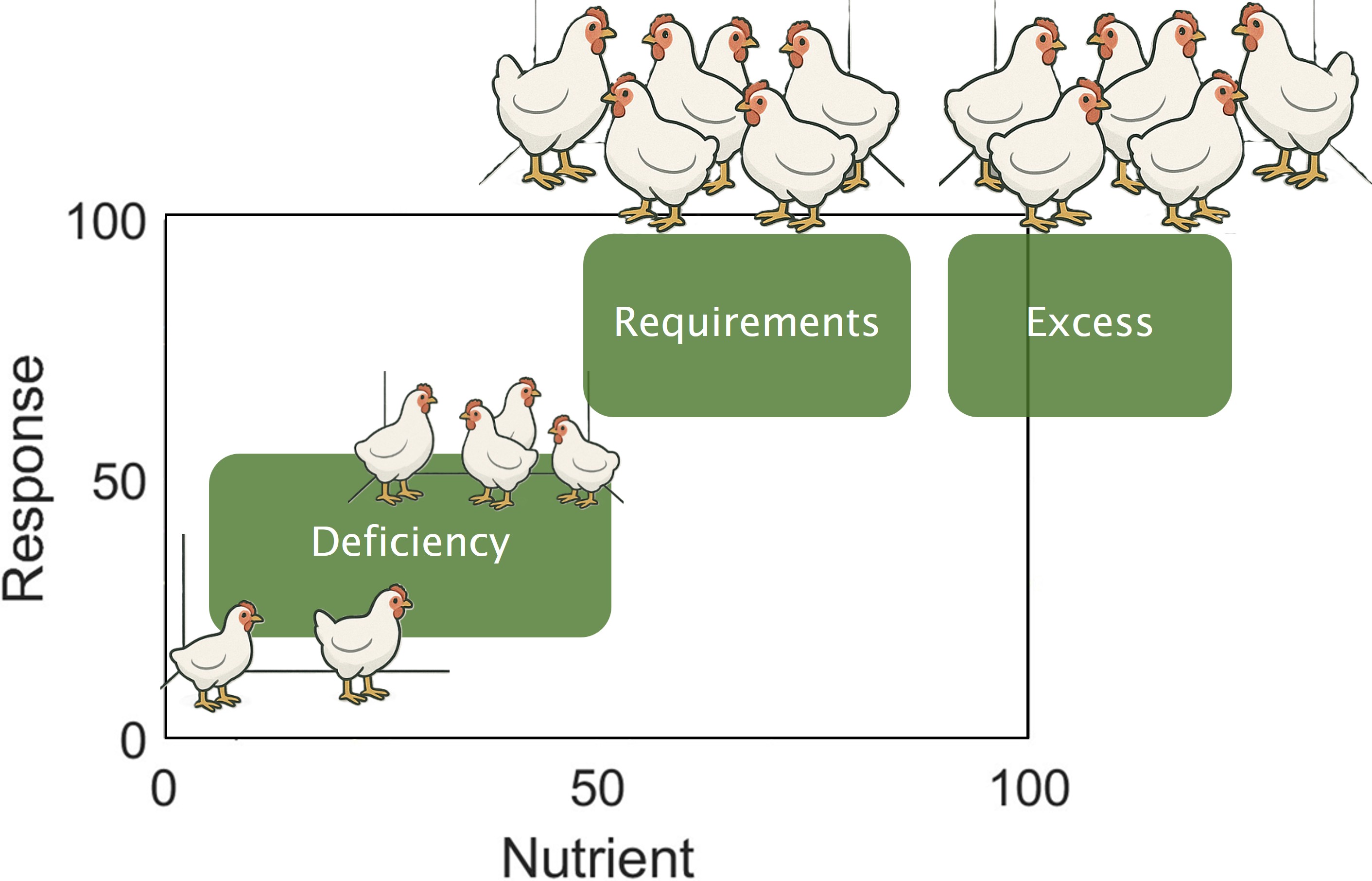
Markus and I asked: what if a tiny, simple AI/ML model could help us find the perfect amount?
We built a model using just one artificial neuron—the simplest kind of “brain cell” a computer can have. Think of it like a smart thermostat: it takes in how much nutrient you feed, and it predicts how much the animal will grow. But unlike big, mysterious AI/ML systems (often called “black boxes”), our neuron is fully transparent. Every number it uses has a real meaning—like “maximum growth,” “inflection point” (where growth speeds up the most), or “nutrient needed for 95% of full growth.”
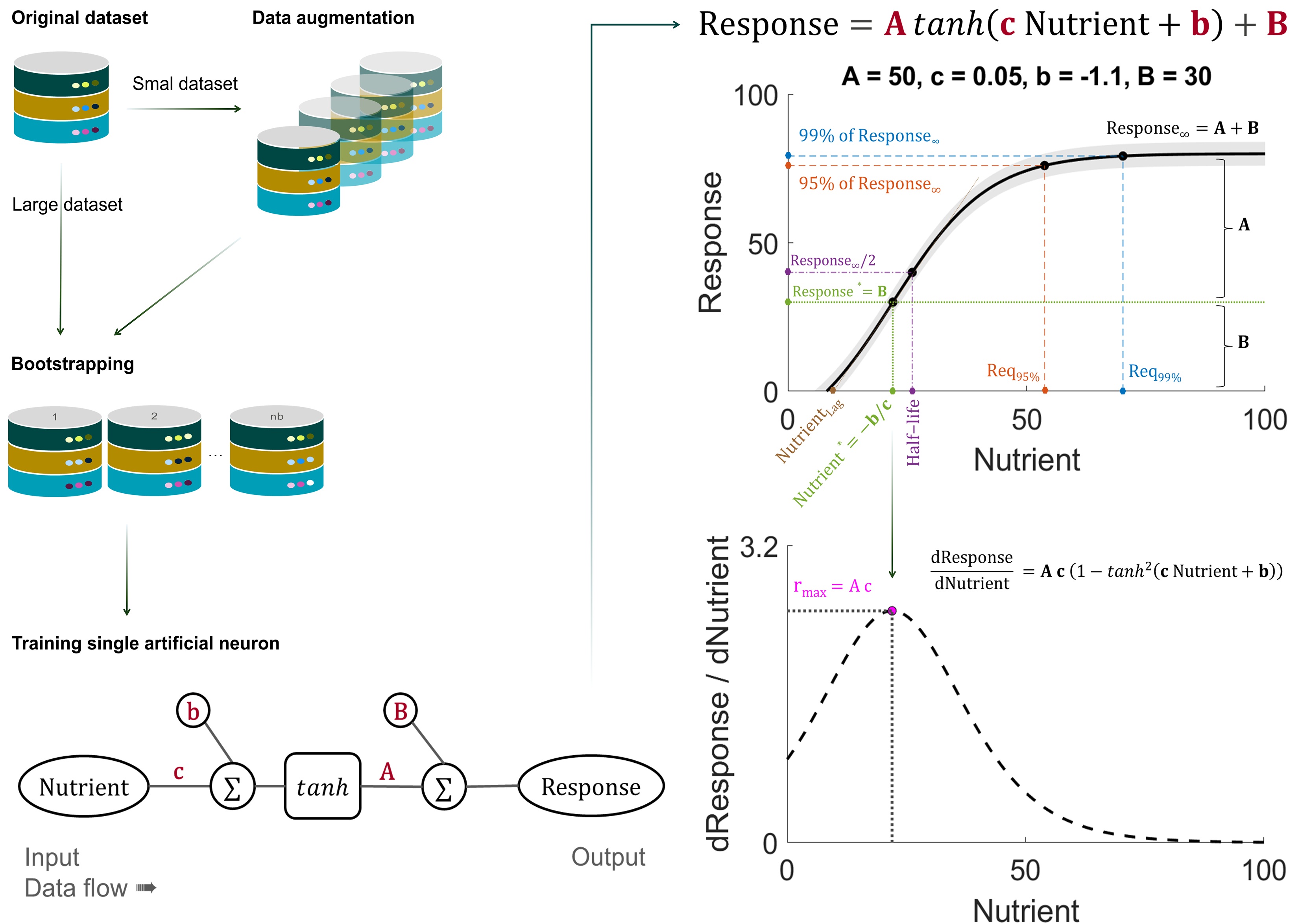
To make it trustworthy, we added three smart tricks:
- Small, realistic noise—like pretending each measurement has a tiny bit of natural variation (because real animals aren’t robots!).
- Bayesian regularization—a way to stop the model from overreacting to small data.
- Bootstrap resampling—re-running the model 100 times to see how confident we really are in each result.
We tested it on 12 real animal studies—chickens, ducks, quail, and trout—looking at nutrients like lysine, methionine, and phosphorus. It worked just as well as (or better than) traditional methods—but with a huge bonus: it automatically provides clear insights, not just a curve.
Even better, we built NutriCurvist—a free, easy-to-use app with buttons and graphs (no coding needed!). 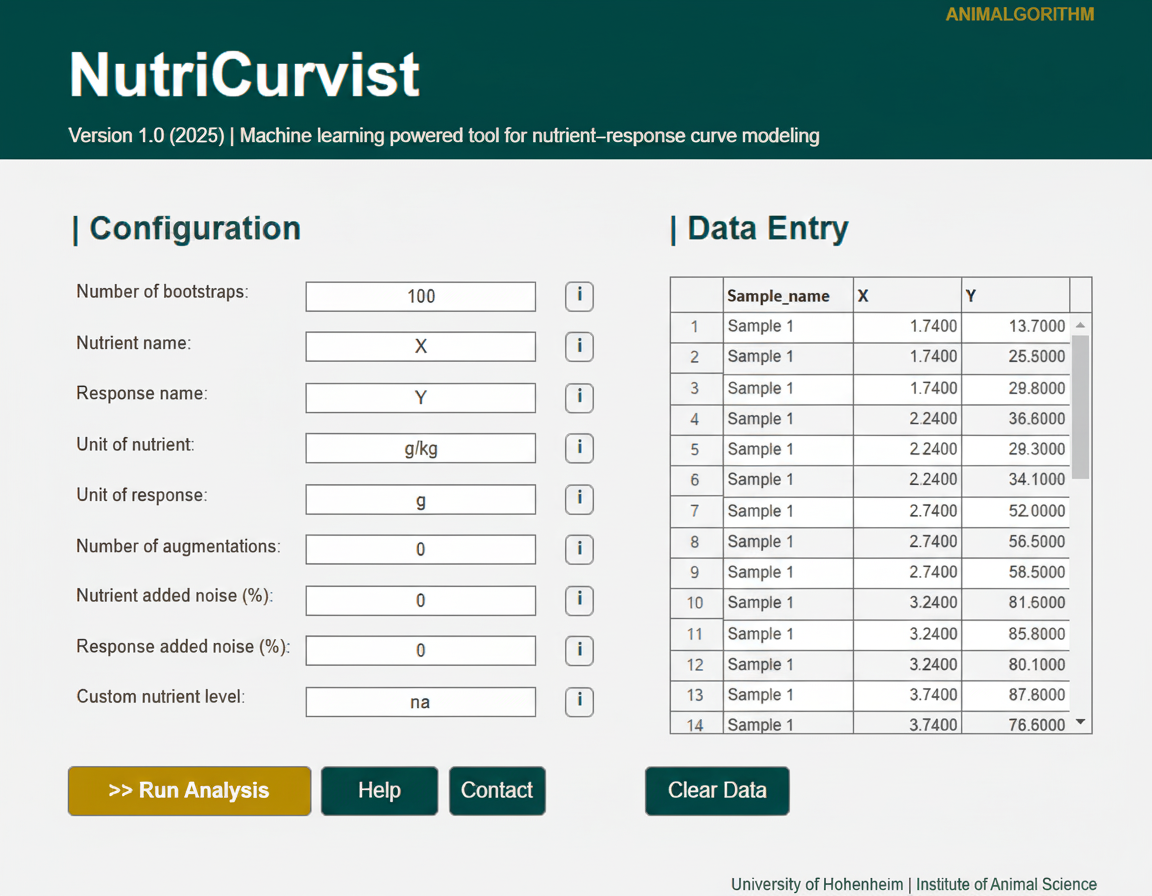
Any nutritionist can paste their data, click “Run,” and get not just a curve, but key values like:
- How much nutrient is needed for 95% of max response?
- Where is the steepest part of the curve (most efficient use)?
- How certain are we about these values?
This matters because feeding animals better means healthier food, less waste, and smarter farming—all while keeping science honest and understandable.
We didn’t need a giant AI. Just one thoughtful neuron—and a lot of care for both animals and fellow scientists.
Read full paper: https://doi.org/10.1038/s41598-025-29267-w
Try NutriCurvist:
https://doi.org/10.5281/zenodo.17184212
https://github.com/animalgorithm/NutriCurvist_ver_01
Follow the Topic
-
Scientific Reports

An open access journal publishing original research from across all areas of the natural sciences, psychology, medicine and engineering.
Related Collections
With Collections, you can get published faster and increase your visibility.
Reproductive Health
Publishing Model: Hybrid
Deadline: Mar 30, 2026
Women’s Health
Publishing Model: Open Access
Deadline: Feb 14, 2026

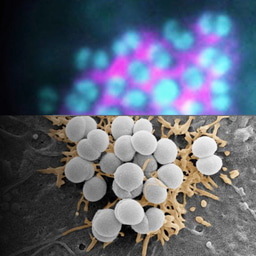
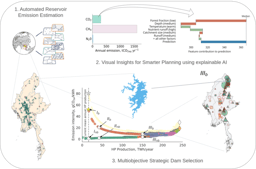
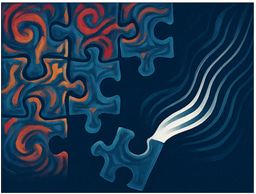
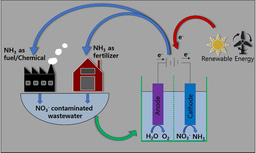

Please sign in or register for FREE
If you are a registered user on Research Communities by Springer Nature, please sign in